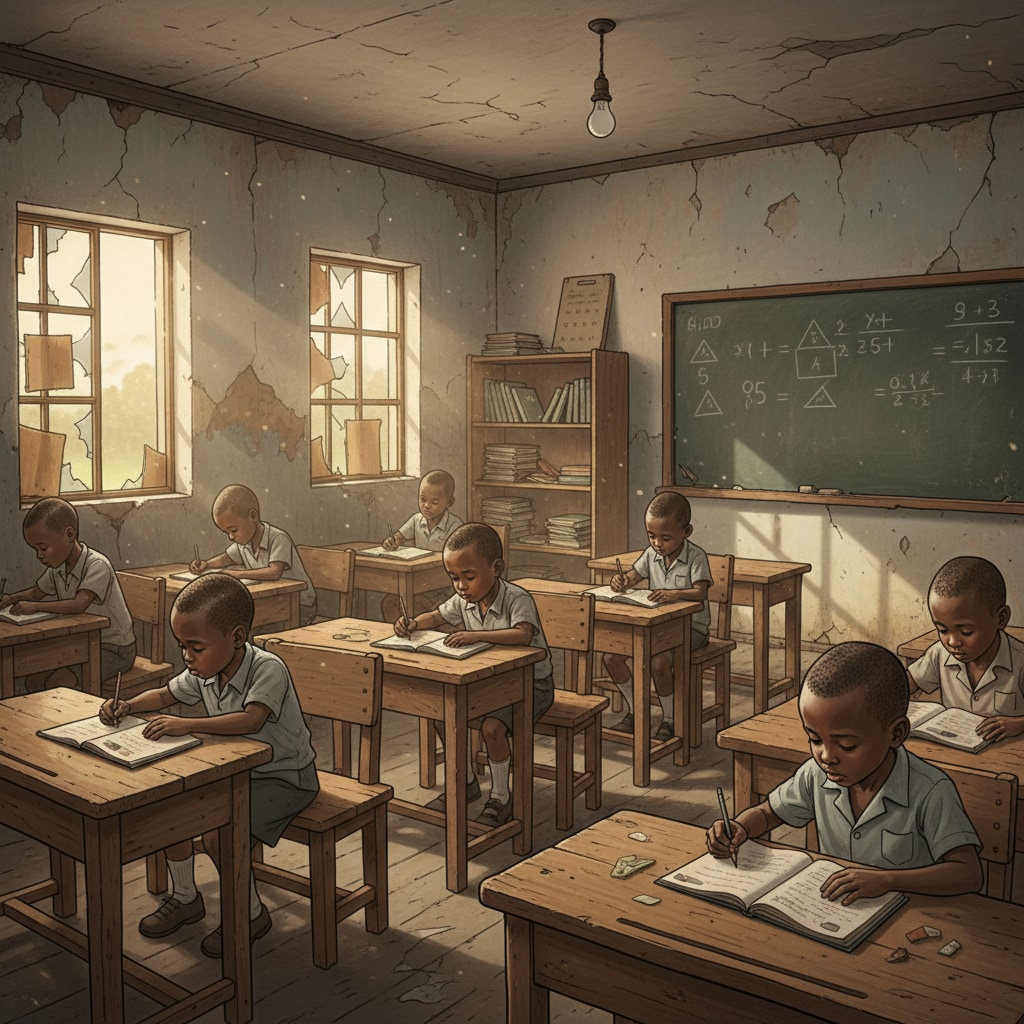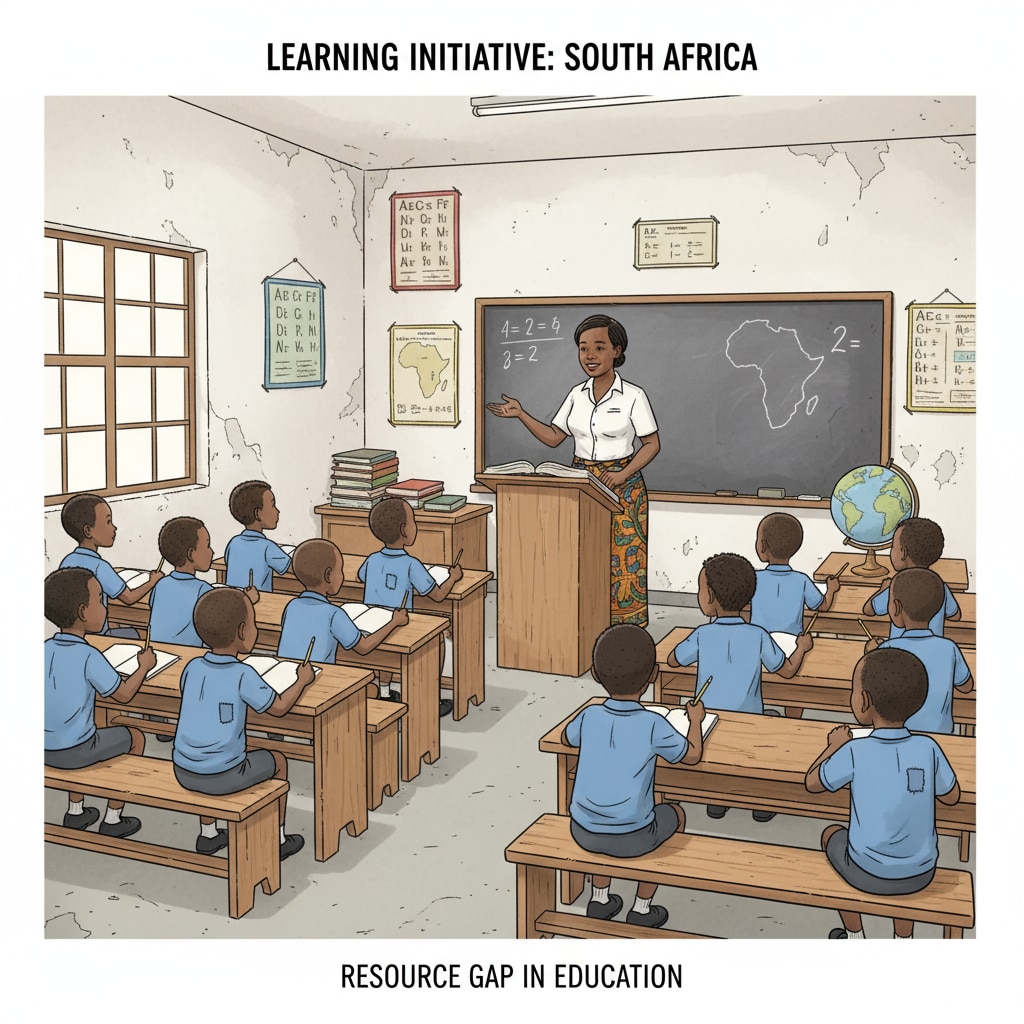Educational inequality, resource allocation, and education reform are crucial issues in South Africa’s education system. The current situation of inequality in South Africa’s education has become a deep – rooted problem that obstructs the country’s development. The gap between wealthy and poor schools is constantly widening, and low teacher salaries and unreasonable curriculum settings further exacerbate this problem.

The Root Causes of Educational Inequality
One of the main causes is the unequal resource allocation. Historically, due to apartheid policies, educational resources were concentrated in areas where the white minority lived. Even after the end of apartheid, this imbalance has persisted. For example, wealthy schools in urban areas often have modern teaching facilities, well – stocked libraries, and advanced science labs. On the contrary, rural and poor – area schools may lack basic teaching materials, such as textbooks and desks. Apartheid’s impact on education on Wikipedia
Another cause is the low status and poor treatment of teachers in disadvantaged areas. Teachers in these areas often receive lower salaries and fewer professional development opportunities. As a result, many excellent teachers are reluctant to work in these areas, leading to a shortage of qualified educators. This, in turn, affects the quality of education students receive.
The Impact of Unreasonable Curriculum
The curriculum in South Africa also contributes to educational inequality. The current curriculum may not be well – adapted to the diverse needs of students from different backgrounds. It often emphasizes theoretical knowledge rather than practical skills that are relevant to the local context. For instance, in some rural areas, students may need more practical skills training in agriculture or handicrafts, but the curriculum fails to provide sufficient content in these areas. South Africa’s education system on Britannica

In addition, the language of instruction can be a barrier. English is the dominant language in many educational materials and in the classroom, but for students from non – English – speaking backgrounds, this can make it difficult for them to understand the lessons, especially in the early years of education.
Reform Proposals
To address educational inequality, it is essential to re – evaluate and adjust resource allocation. The government should allocate more funds to poor and rural schools to improve their infrastructure, purchase teaching materials, and provide better learning environments. Scholarships and incentives should also be offered to encourage teachers to work in these areas.
Regarding the curriculum, it needs to be reformed to be more inclusive and relevant. Local knowledge and skills should be incorporated into the curriculum to meet the diverse needs of students. Multilingual education should also be promoted to ensure that students can learn in their mother tongue while also mastering other languages.
In conclusion, South Africa’s education system urgently needs comprehensive reform to address educational inequality. By addressing resource allocation issues and reforming the curriculum, the country can move towards a more just and inclusive educational future.
Readability guidance: Short paragraphs and lists are used to summarize key points. Each H2 section provides relevant details. Passive voice and long – sentence usage are controlled, and transition words are added throughout the text for better flow.


